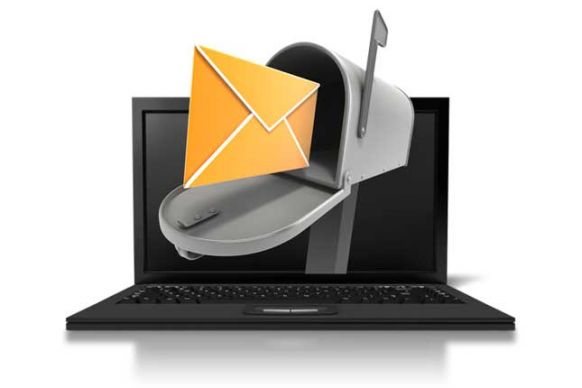One staple of church communication is the monthly newsletter. Filled with information on everything from when the trustees will meet to an overview of the enlightened teaching by the guest speaker at last month’s UMW meeting, it has served us well. As with everything else, it represents an opportunity to grow into the digital age.
Not only are the costs of printing and mailing rising; many in our congregations are growing accustomed to receiving these types of information in their email inboxes rather than their physical mailboxes. Don’t worry; you don’t have to sell the copier quite yet, but take a moment to think through the various steps you might take to bring this stalwart of communication into the digital age.
Step 1: Produce and host PDF.
This is the bare minimum any church should do. The PDF format has become the most universal standard for sharing formerly printed files in digital form. It is so ubiquitous that every layout program produced in the past several years has a function to export a PDF file. If you currently print a newsletter, you need only add about 15 minutes to export it to a PDF and upload it to your website.
After putting the file online, you can use a bulk-email service like the free Mailchimp to send a churchwide email with the link to the document where people can use their cellphones and other devices to browse the newsletter wherever they happen to be.
Step 2: Use a PDF service.
Though it is nice to offer people the link to download the PDF file, that can be cumbersome and take a lot of room on their device. That’s where PDF services like ISSUU.com (free for the basics) come in. These services perform the same sort of service YouTube does for video for your PDFs. Instead of having to download the entire file, your members can flip through the pages online and not tie up precious space on their cell phone or tablet.
The other benefit of these services is the more polished user interface. When someone downloads your PDF off a website, you are never sure what kind of experience they have. Does opening the file cause them to open a Pandora’s box of Adobe update reminders or cause a font error message? Instead of relying on people having a good reader app installed, these PDF services make sure your publication is presented well and has no hang-ups being viewed on whatever device your members own.
Step 3: Try digital native publishing.
All of that is well and good, but publishing PDFs loses the power of the Internet by just making a digital copy of what was intended for a print medium. As good as that experience might be, it will always be secondary to a native format like a website or blog. At some point, your church will need to decide when enough people are desiring to interact with your newsletter in a digital form to add a bit more work. When that happens, it is time to consider publishing it in a digitally native format.
That means adding a section on your well-designed, attractive, easy-to-use website to your monthly newsletter tasks. Though you may release the same content as before, you will do it online. For the articles and updates, you can publish each as a blog entry. When you are doing a monthly release, it is important to make sure your website theme allows you to show a list of the most recent entries. In the case of the monthly calendar, you can use Google’s free calendar and simply embed that calendar on a page in your website.
Creating content in this digitally native format makes it much easier to read and removes any barrier of file size or screen size that might prevent someone from accessing it through a PDF. While you may still produce a paper version, all you need to do is copy and paste the articles from the layout program into your web provider.
Step 4: Send an email version of your newsletter.
Every type of digital distribution means you need a way to send mass emails to notify or deliver the content to your parishioners. Many online services will help you develop and distribute your newsletter through email. Most of them charge a fee, based on the unique number of emails you use with a free version below a certain number. However, even with the fee, it is far less expensive than printing and mailing each copy. Check out these email service providers: MailChimp, Constant Contact and Vertical Solutions.
Step 5: Go digital first.
This step takes the digitally native concept to its logical conclusion. Most churches choose to take this step when most of their people are consuming the newsletter online. Though you may choose to print something, your time and energy will be focused first and foremost on your website. Once this happens, you can live fully into the digital world and let go of several print conventions.
The primary convention that will free you from a lot of stress while increasing engagement is the idea of a “monthly” release. There is no reason to release things together at a specific time. In fact, publishing articles as soon as people turn them in will create a regular flow of traffic and provide more opportunities for people to see and share your content.
When you post articles to your website, make sure they are pushed immediately through your social media platforms by giving a short quote and link. At this point, your email strategy changes as well from a monthly link to a weekly or biweekly digest of all articles that were shared online.

